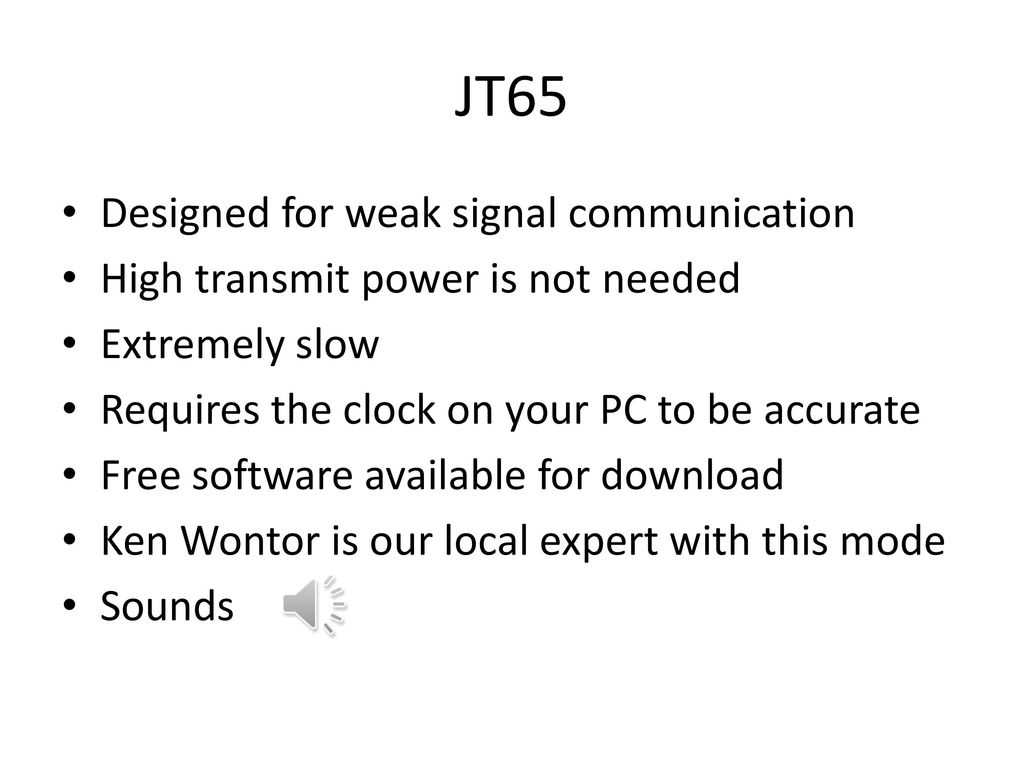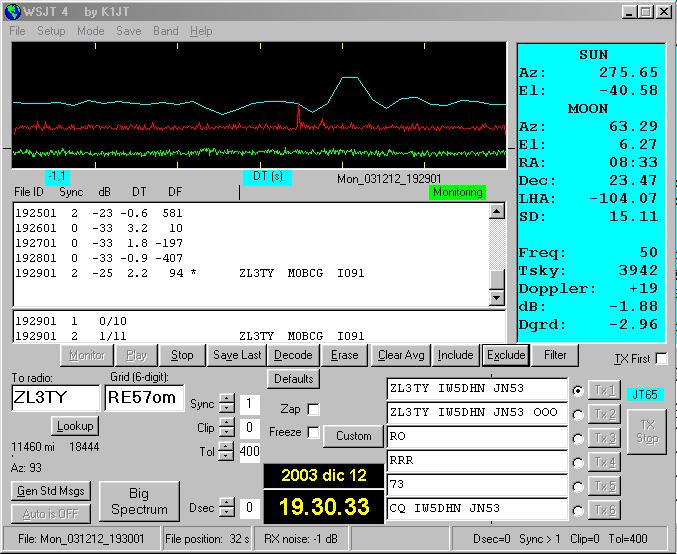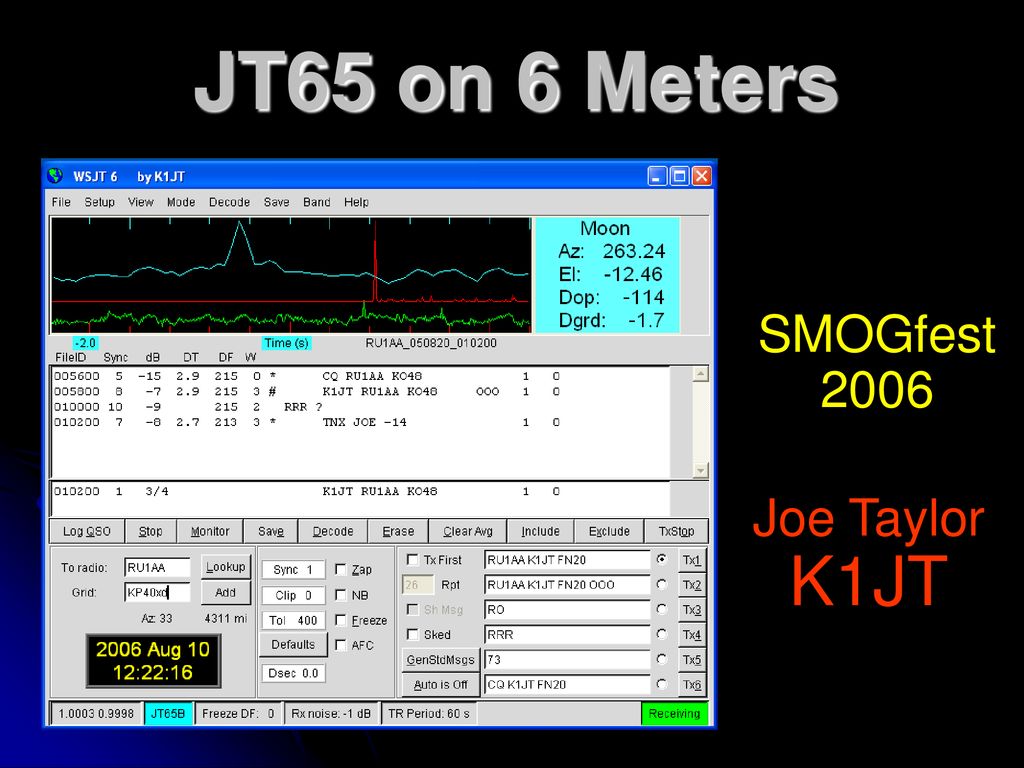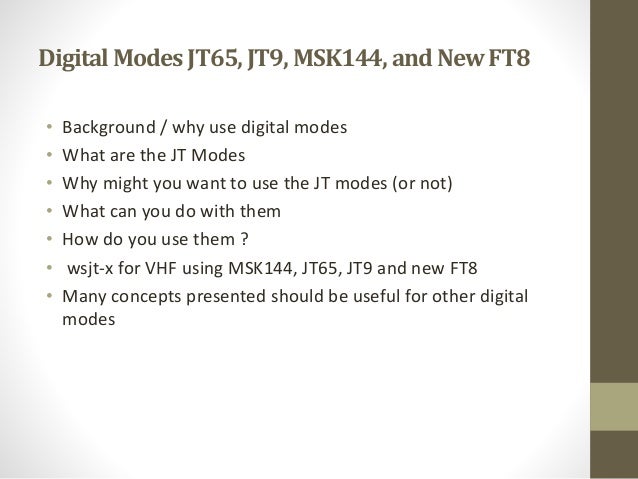
Note: This system does not transmit any signals over the air, it just makes use of existing signals that are being transmitted by people calling CQ. If this is interesting to you, then please contact me at the email address below to see if there is a client for your digital mode decodingĪpplication, or you can contact the author of your package directly, and point him at this page. There also a page of statistics about the project. There is a map display of this information. Of reception records that can be used for research purposes. This can be useful in determining propagationĬonditions or in adjusting antenna and/or radio parameters. Minutes) see where his signal was received. The way that this would be used is that an amateur would call CQ and could then (within a few You do still need toĬall CQ in order for your signal to be reported. The rules for protocols like FT8 are different as the callsigns are protected by error correction.

The duplicate check is to make sure that the callsign is notĬorrupted. This is of interest to the amateur who transmittedĪdn they will be able to see where their signal was received. Run a client that will monitor received traffic for callsigns (the pattern 'de callsign callsign') and, when seen, will report this fact. The way that it works is that many amateurs will Make those records available in near realtime to interested parties - typically theĪmateur who initiated the communication. Unique CW software algorithm with fine-tuning for solid (FB) signal.This started out as a project to automatically gather reception records of digimode activity and then.Digital mods including FT8 and FT4 with proprietary digital signal processing algorithms.Three in one (Logger, Digital, Contests).



MixW 4 is a new multi-mode, multi-platform software for radio amateurs.


 0 kommentar(er)
0 kommentar(er)
